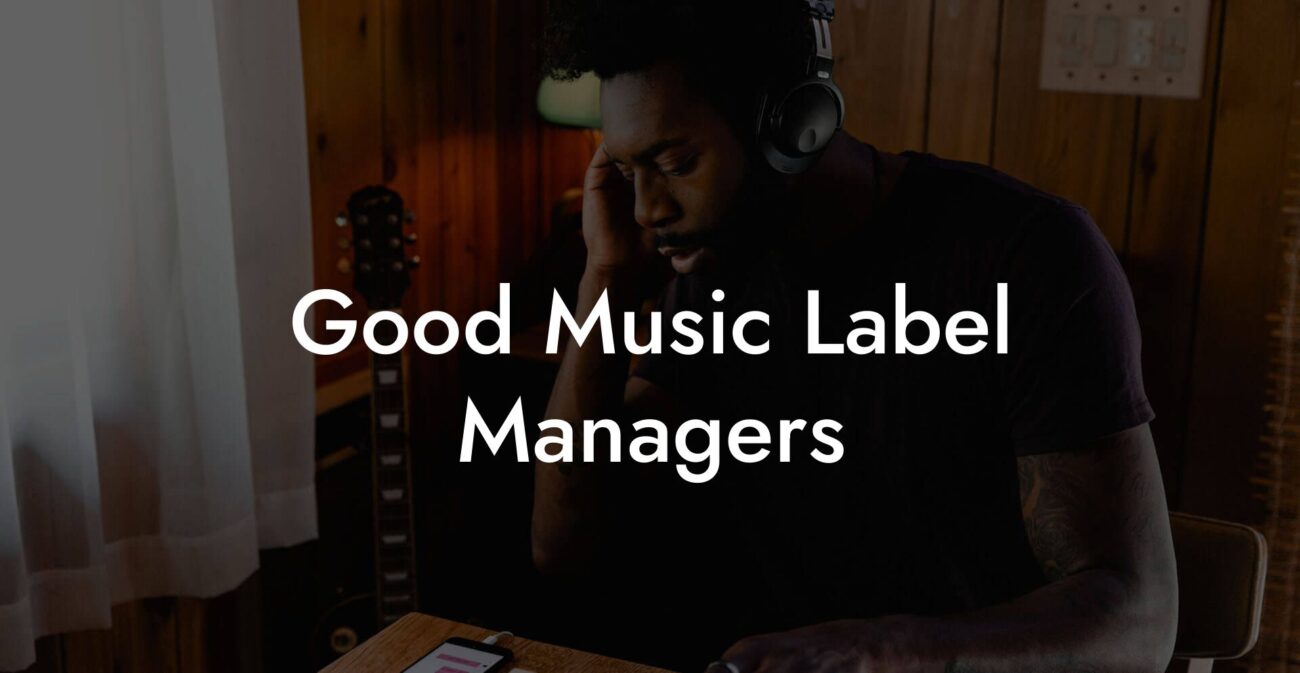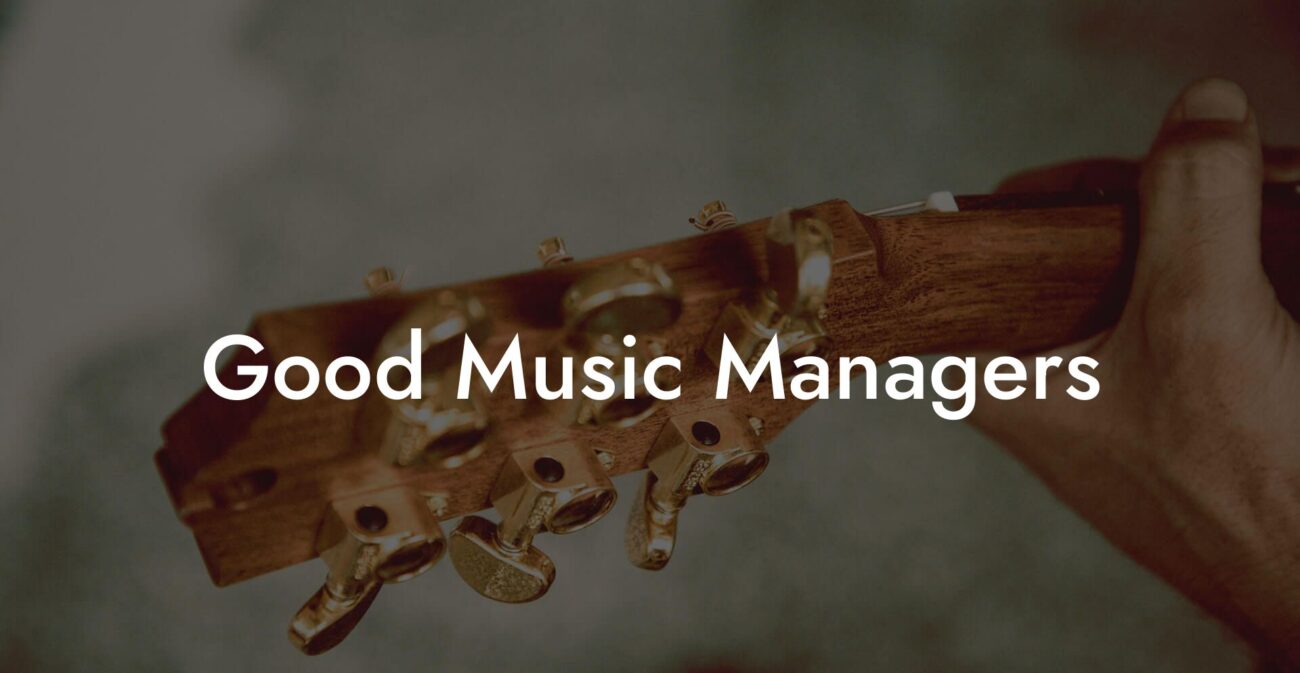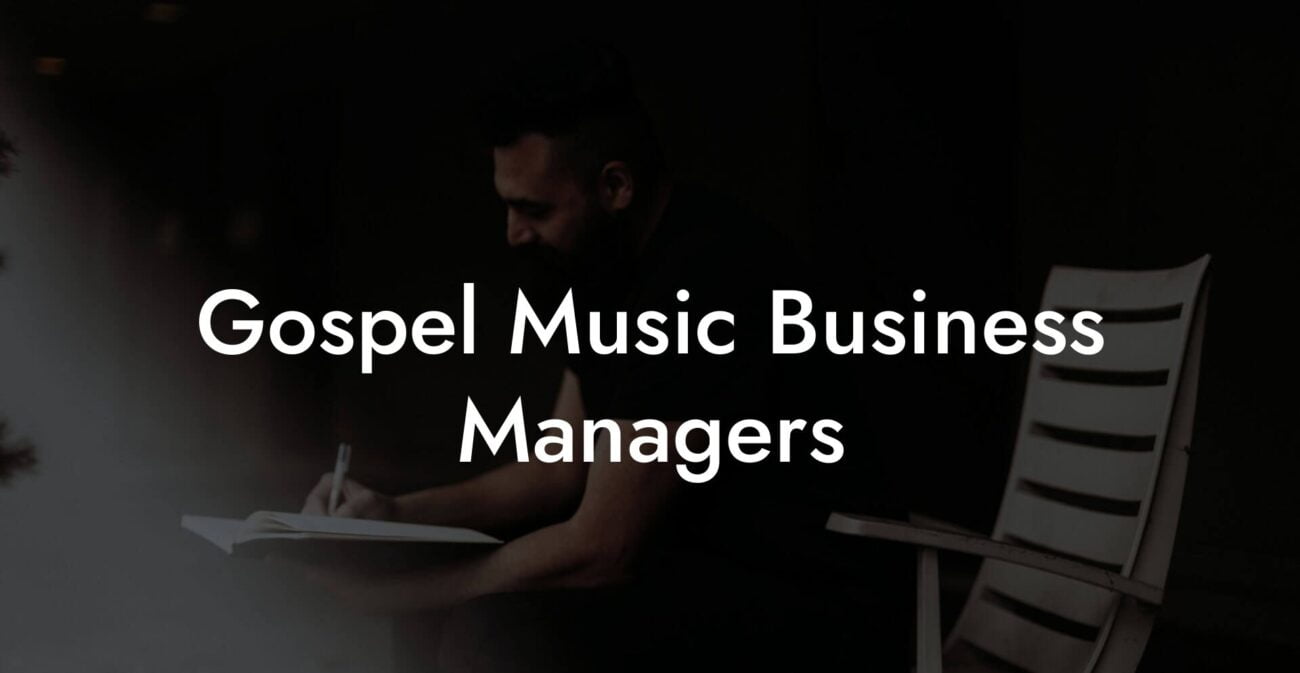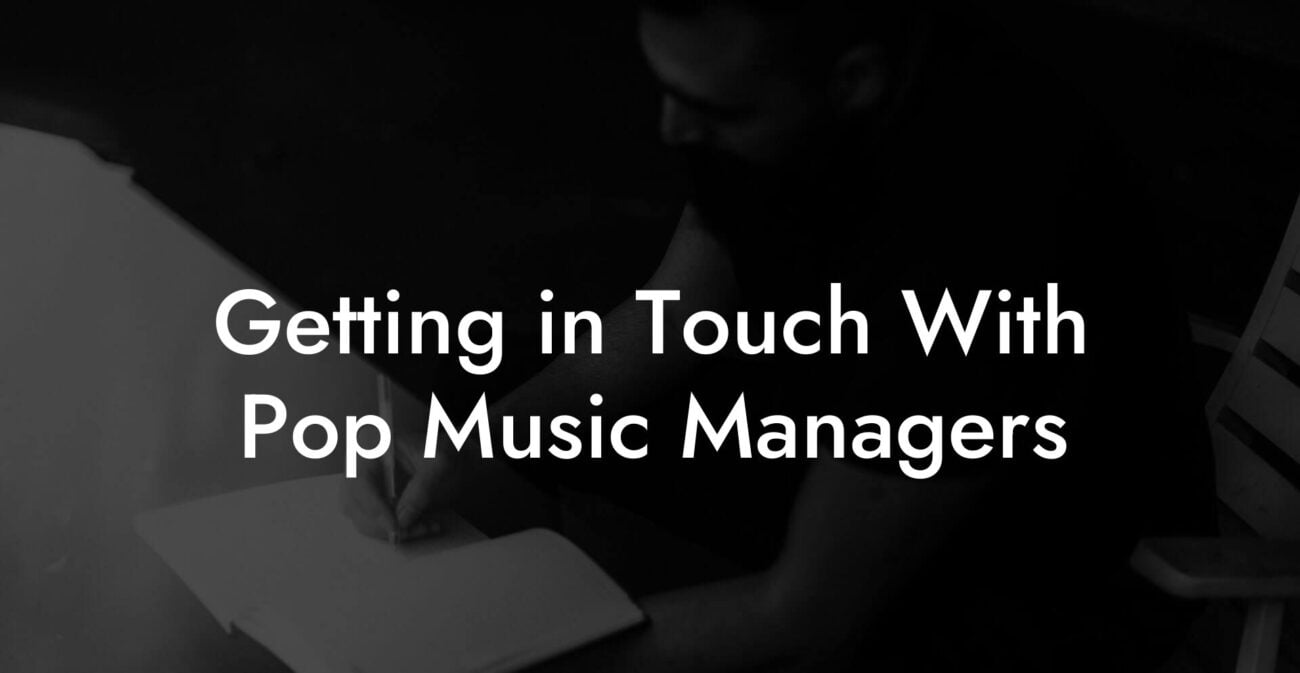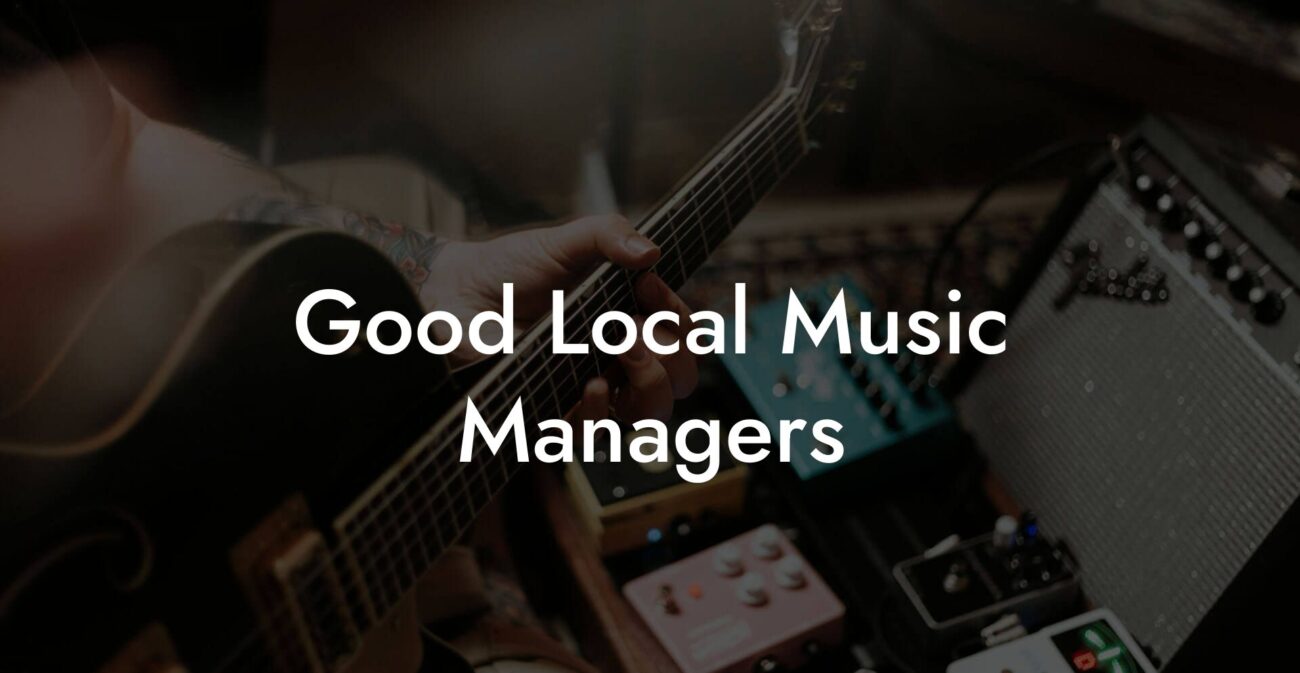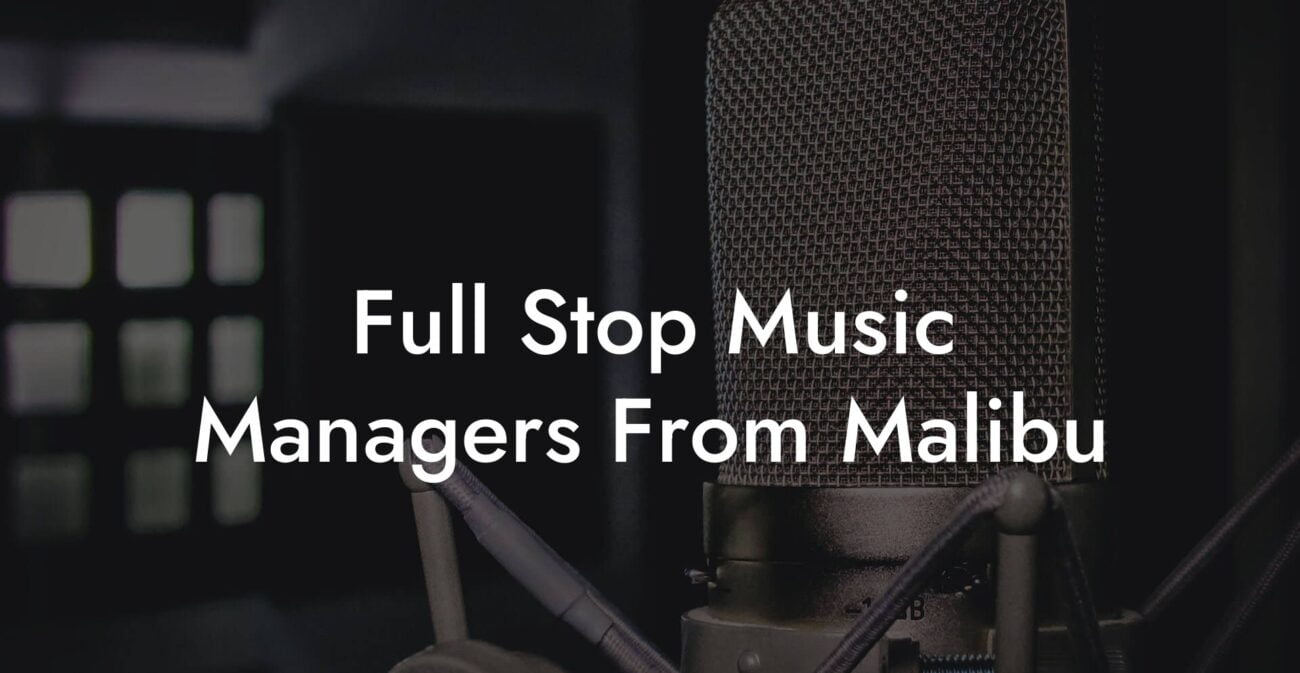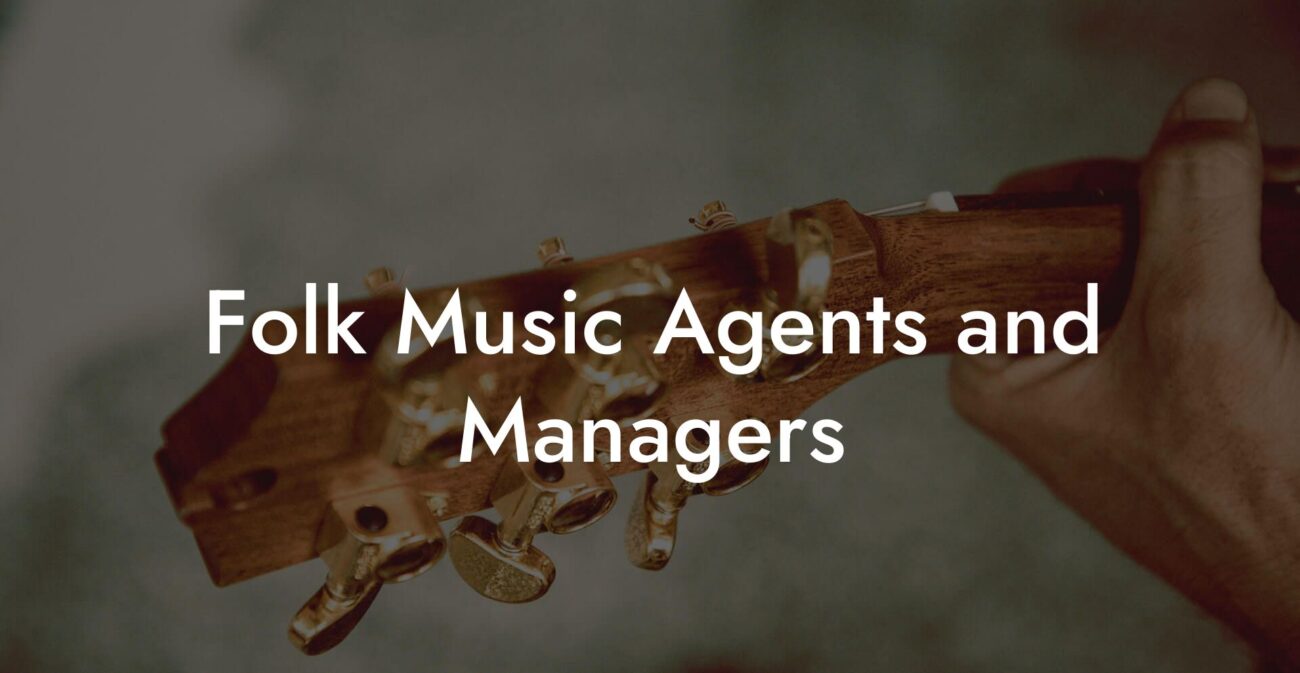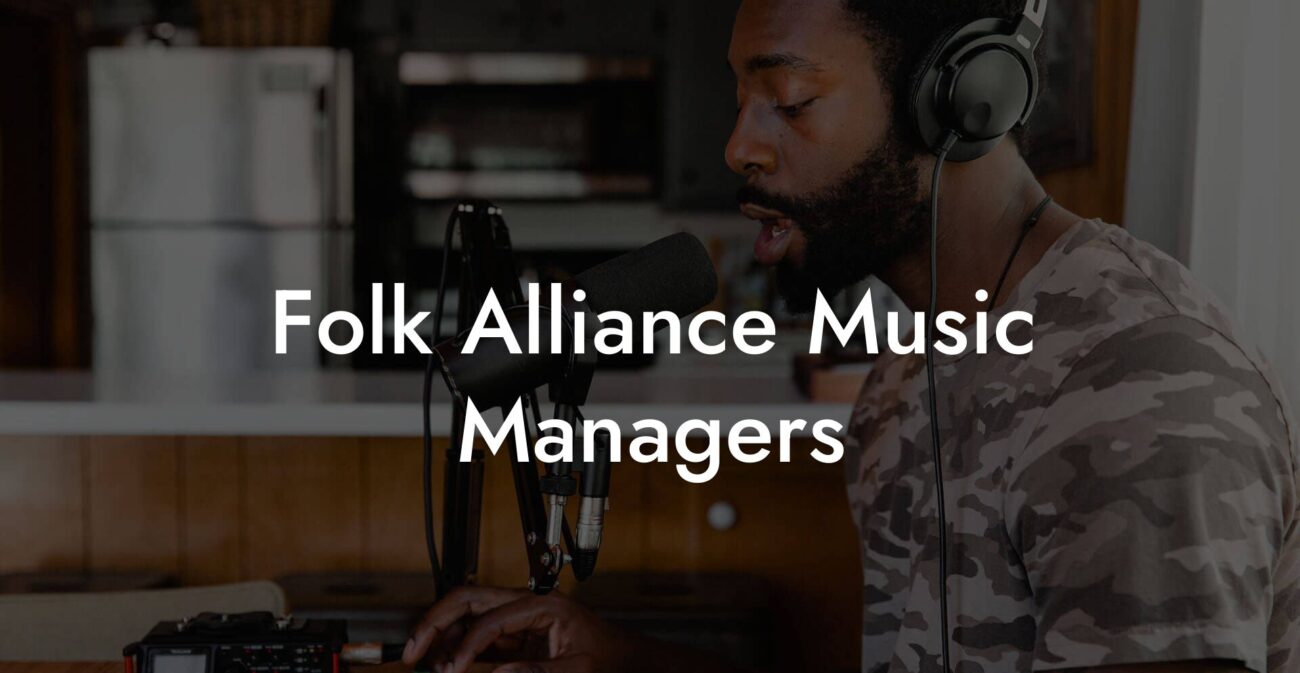Songwriting Advice
How To Write A Metal Song
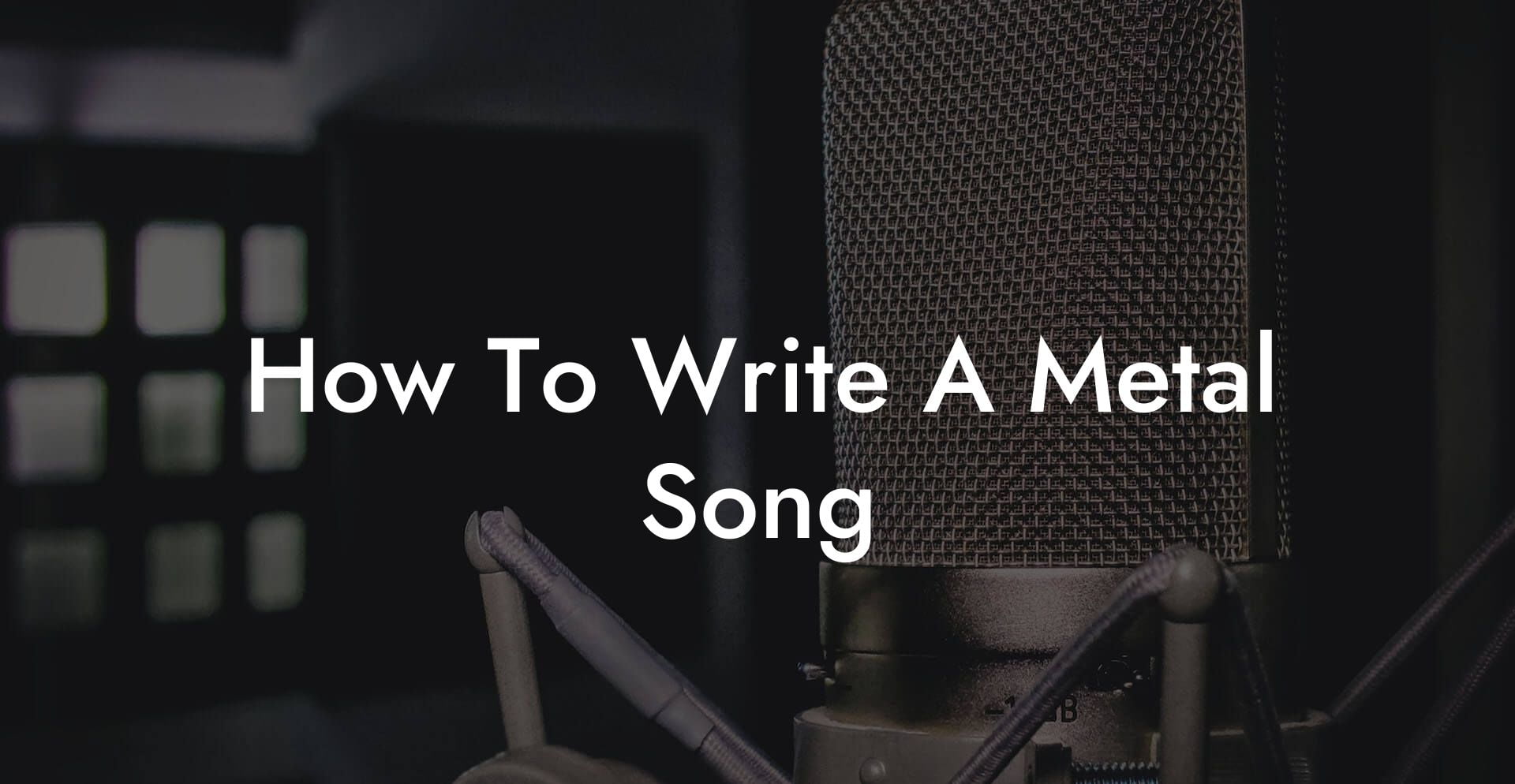
You want something crushing and memorable that makes people scream the lyrics at the bar later. You want riffs that punch through a crowd. You want a vocal that bites and a drum part that clears the throat of a stadium. This guide walks you from first riff to live ready song with clear steps and ridiculous energy. No fluff. No myth. Just tools you can use tonight.
Quick Interruption: Ever wondered how huge artists end up fighting for their own songs? The answer is in the fine print. Learn the lines that protect you. Own your masters. Keep royalties. Keep playing shows without moving back in with Mom. Find out more →
Quick Interruption: Ever wondered how huge artists end up fighting for their own songs? The answer is in the fine print. Learn the lines that protect you. Own your masters. Keep royalties. Keep playing shows without moving back in with Mom. Find out more →
Quick Links to Useful Sections
- Why Metal Songwriting Feels Different
- Essentials: Tuning Tempo And Tone
- Tuning options explained
- Tempo and feel
- Core Building Blocks Of A Metal Song
- The riff
- Harmony and scales that scream
- Rhythm and meter
- Song Structures You Can Steal
- Thrash map
- Death metal map
- Progressive metal map
- Vocals And Lyrics: How To Make What You Sing Match The Sound
- Vocal techniques
- Lyrics that work in metal
- Drums And Bass Lockdown
- Drum vocabulary
- Bass role
- Writing Process From Riff To Song
- Micro prompts and timed drills
- Arrangement And Dynamics For Maximum Impact
- Designing a mosh friendly breakdown
- Production And Mixing Tips For Metal
- Recording guitar
- Drums
- Bass and low end
- Vocals
- Mixing checklist
- Performing Live And Translating Studio Energy To Stage
- Common Metal Mistakes And Fixes
- Action Plan You Can Use Tonight
- Metal Songwriting Exercises
- Riff variation game
- Contrast drill
- Vocal prosody check
- Frequently Asked Questions
- Actionable Checklist Before You Record
This is written for artists who live between late night practice runs and group chats that plan world domination. Everything here breaks down technical terms so you actually understand them. When we use an acronym we will give you the translation and a real life example so you do not need to guess what gear bros mean at rehearsals.
Why Metal Songwriting Feels Different
Metal is a music style that trades subtlety for impact. That does not mean shallow writing. It means you use texture rhythm and aggression as storytelling tools. Metal listeners reward bold choices. They love repetition when the color changes. They celebrate riffs that are stubborn enough to return like a bad decision at 3 a.m.
Metal combines elements from rock classical and even jazz. The challenge is organizing those elements into an emotional journey that matches the intensity of the sound. You must think about dynamics arrangement and sonic weight so the heavy parts actually land and the quiet parts breathe. The best metal songs feel inevitable after the first violent chorus.
Essentials: Tuning Tempo And Tone
Your tuning tempo and core tone are the foundation. Pick them before you write too many notes. They will guide choices and save time.
Tuning options explained
Tuning changes how a guitar or bass feels under the hand. Drop D means the low E string is tuned down a whole step to D. This makes power chords easier and gives a chunkier low end. Many bands use drop D for chunky grooves and simple moveable shapes.
Drop C or lower makes everything heavier and darker. If your song wants subterranean doom then tune low. If you want clarity and high end bite then keep a standard tuning or go to D standard which is one step down across all strings.
Seven string guitars add a low B. That gives you extra range for extended riffs without needing an octave pedal. Real life example. Your singer wants the chorus to feel like an avalanche. You drop to drop C or the seven string and suddenly the riff feels like gravity got involved.
Tempo and feel
BPM stands for beats per minute. Fast thrash lives at 180 to 220 BPM. Death metal blast beat sections can feel even faster. Groove oriented metal and metalcore often sit around 120 to 150 BPM. Doom and sludge drag the tempo down to 50 to 90 BPM for maximum heaviness.
Decide early whether the song is a mosh engine or a head nodder. Fast tempo invites tremolo picking and blast beats. Slow tempo invites heavy sustained chords and crushing low end. You can mix tempos inside a song. Use tempo shifts to surprise the listener and to create moments where the weight of the riff changes context. Real life scenario. You open with a fast intro riff then slow into a crushing chorus and the crowd stops moving and then loses it when the breakdown hits.
Core Building Blocks Of A Metal Song
Think of a metal song as architecture. Riffs are beams. Rhythm is the foundation. Melody and harmony are the ornament. Lyrics and vocals are the voice that tells the building why it exists.
The riff
The riff is the single most important element. It is often repeated and serves as the earworm. A great riff has a clear identity. It can be two notes and a lot of attitude. It can be a complex run that climaxes the solo. Either way the riff needs a motif which you can repeat with variation.
Techniques to write riffs
- Start with a groove. Play a tight palm muted pattern on the low strings and count the hits like you would a drum. If you can nod your head to it you are close.
- Use syncopation. Put notes on off beats. That makes the riff feel alive and dangerous.
- Add a signature squeal or pinch harmonic. That single sound can become the catchphrase of your song.
- Repeat with variation. Keep the contour but change one or two notes or shift the last hit to create tension.
Harmony and scales that scream
Metal loves darkness. A few scales dominate for reason.
- Natural minor. This is the foundation for dark moods. Think of heavy minor triads and melody lines that resolve downward.
- Harmonic minor. This scale has an unusual raised seventh. It makes melodies sound exotic spooky and powerful. Classic metal solos and leads use this to create dramatic lift.
- Phrygian and phrygian dominant. These emphasize a flat second which gives an immediate Spanish or Middle Eastern color. Use it for riffs that need menace.
- Diminished and whole tone for tension. These give instability and are great for transitional fills and horror textures.
Real life scenario. You write a verse in natural minor. For the chorus you borrow the harmonic minor scale to add a dramatic top note that makes the scream feel earned.
Rhythm and meter
Metal is rhythmic at its core. The relationship between guitar and drums must lock like two teammates doing a crime together.
- 4 4 is the bread and butter. It is versatile and easy for crowds to follow.
- 6 8 works great for gallop rhythms which are common in power metal and some thrash.
- Odd meters such as 5 4 or 7 8 give progressive metal a leaning instability. Use them sparingly so they sound purposeful rather than showy.
- Polyrhythm and polymeter can create the feeling of two conflicting forces. One instrument plays a three over four pattern while others stay in four. The ear experiences tension until the parts realign.
Song Structures You Can Steal
Metal allows many structures. Here are templates you can adapt fast. Keep in mind that the chorus in metal often serves as a pinnacle of heaviness not just a sing along moment.
Thrash map
- Intro riff
- Verse with palm muted drive
- Pre chorus that climbs
- Chorus with open chords and doubled vocals
- Verse two
- Solo over a driving riff
- Final chorus and outro riff
Death metal map
- Intro atmosphere or fast tremolo
- Blast beat section with tremolo riff
- Mid tempo groove with syncopation
- Breakdown for mosh
- Solo or lead texture
- Return to blast beat and ending
Progressive metal map
- Intro motif
- Verse in odd meter
- Interlude that changes key
- Chorus that resolves melody
- Extended solo and development
- Ephemeral outro that ties motive lines
Pick a map and then break it with intention. A sudden quiet before a chorus can make the hit feel catastrophic. A tempo change into a slower section can turn aggression into weight and give the chorus more impact.
Vocals And Lyrics: How To Make What You Sing Match The Sound
Vocals are the personality of the song. In metal the voice can be an instrument that adds color and narrative. You must decide early whether you sing clean scream growl or a blend. Each has technique and prosody needs.
Vocal techniques
- Clean singing. Melodic and often used for choruses or bridges. Requires breath support and vowel shaping to cut through distorted guitars.
- Screaming. There are many methods but all safe styles use support breath and false cord or fry techniques not throat strangling. Learn from a coach. Screaming well means you can do it every night after practice.
- Growling. Deep death metal growls use different vocal placement and require conditioning. They can be paired with clean lines for contrast.
- Shouting. Used for gang vocals and anthemic chorus lines. Keep it short to avoid damage.
Real life tip. If you can sustain a loud scream for one line and still talk afterward you are doing it right. If your throat hurts for the next three days you are doing it wrong. Get lessons. The cheap route is injury insurance is more expensive than lessons.
Lyrics that work in metal
Metal lyric themes range from fantasy and mythology to personal rage and social critique. What matters is specificity and image. Metal rewards vivid pictures and strong verbs. Avoid cliché unless you plan to twist it.
Examples of lyric strategies
- Image driven lines. Show a scene not a feeling. Instead of saying I am angry describe a fist carving a map on a tabletop.
- Mythic metaphor. Use a monster or storm to represent inner conflict. It gives scale and drama.
- First person confession. Make the listener occupy the body of a character in crisis. Metal loves high stakes.
- Choral hooks. Short repeated phrases work as crowd chants. Keep them simple and fierce.
Real life scenario. You want a chorus that people shout. Keep it two to five words long. Make the vowels open and the consonants punchy. Example chorus line. Burn the crown. That is easy to sing and fits intense delivery.
Drums And Bass Lockdown
The low end and rhythm section set the gravity. Guitar riffs can jangle but if the drums and bass do not commit nothing sticks. Syncopation and tight hits between kick and guitar palm mute make grooves lethal.
Drum vocabulary
- Double bass. Two feet on two pedals or a double pedal creates rapid kick patterns for power.
- Blast beat. A rapid pattern usually played with snare kick and cymbal to create a sustained feel of speed.
- Gallop. A rhythmic figure often counted as one eighth note followed by two sixteenth notes. Famous in power and thrash genres.
- Fill. Short drum phrases that connect sections and add excitement. Use space and dynamics not only speed.
Bass role
Bass can follow the guitar for extra weight or play a counter groove to give the riff a new color. Distorted bass or overdriven DI tracks create a thick low mid presence that glues the kit and guitar together.
Pro tip. Record bass DI and amp. Blend both. The DI keeps the low end clean and the amp adds character. If your drummer hits the kick hard you may want to carve bass frequencies with an EQ so both are distinct yet cohesive.
Writing Process From Riff To Song
Here is a proven workflow that keeps momentum. Use it in rehearsals and in the studio so you do not get lost chasing perfect tones before the song exists.
- Riff bank. Record ideas for 10 minutes. Play without judgment. Capture anything you like on your phone. These are raw building blocks.
- Pick a spine. Choose one riff that feels the strongest emotionally. That becomes the spine of the song.
- Find a tempo and tuning. Play the riff at different speeds. Try drop D drop C or a seven string. Lock a version that feels natural to play and vocal friendly to sing with.
- Build sections. Use variations of the spine for verse chorus and bridge. Introduce a quieter section to provide dynamic contrast. Contrast makes heaviness meaningful.
- Drum guide. Program or rehearse a drum part that locks with the riff. If you do not have a drummer send them the riff with a click track. Tight rhythm equals heavy.
- Vocals and top line. Record guide vocals even if rough. This helps arrange and refine the chorus melody and lyrics.
- Solo and lead. Write a solo that serves the song. Think of the solo as a new perspective on the riff not only speed for its own sake.
- Demo and iterate. Make a quick mix, listen through speakers and headphones and then fix what blocks the emotion.
Micro prompts and timed drills
Speed forces decisions. Use these to break writer block.
- Riff blast. Set a timer for 10 minutes. Make one riff and two variations. Stop.
- Lyric grenade. Spend five minutes writing chorus phrases with open vowels only. Choose one and write a second contrasting line.
- Solo sketch. Ten minutes. Play through the chord sequence and record any melodic idea. Pick the best phrase and build on it for another five minutes.
Arrangement And Dynamics For Maximum Impact
Arrangement is what turns a cool riff into a memorable song. Dynamics are how you control the listener body. Use layering removal and timing to create moments the audience will cling to.
- Use quiet for impact. A two bar soft palm muted section before a chorus makes the chorus feel larger.
- Introduce a new instrument on the second chorus for added weight such as keys or a second guitar harmony.
- Space out instruments. Let vocals breathe. If everything is loud all the time nothing lands.
- Place a breakdown strategically to reset energy in a set.
Designing a mosh friendly breakdown
Keep repetition simple predictable and heavy. Use a low open string chug pattern with a steady kick and stomps. Give the vocalist a simple chant. Add a drum fill that cues the end or a tempo shift.
Production And Mixing Tips For Metal
Good production allows the aggression to translate in every context. The goal is clarity under weight. You want guitars heavy but not slurry. Drums powerful and articulate. Vocals present without masking bass.
Recording guitar
- Double track rhythm guitars. Record left and right stacks to widen the sound. Avoid mirroring with exact noisy differences. Small timing and attack differences make it sound organic.
- Use impulse responses IRs for cab simulation or mic a real cabinet if you can. IR stands for impulse response. It is a digital capture of how a speaker and room respond to sound. It helps you sound massive without hauling a cab.
- Record a DI track. Reamp later for flexibility. DI means direct input. It captures the raw signal from your pickup before any amp or speaker color.
Drums
Tuning and triggers make a modern drum sound. You do not need a perfect room if you use a blend of real kit and sample reinforcement. Triggering means using software to replace or augment drum hits for consistency. It is common in metal to get a tight punch on the kick and snare.
Bass and low end
Keep bass note clarity by carving space with EQ. Use compression to control dynamics. Blend DI and amp to get both clarity and grit. Sidechain the bass subtly to the kick if the low end muddies. Sidechain is a mixing technique that reduces one element slightly when another hits to let it breathe.
Vocals
Record multiple takes for leads and doubles for choruses. Use saturation or light distortion on aggressive vocals to add harmonics. Keep clean takes for clarity and aggressive takes for character. Compare and blend.
Mixing checklist
- Balance the kick and bass low end first. If the low end is unclear fix it before adding more elements.
- Carve frequencies with EQ so guitars sit above the bass not on top of it.
- Use parallel compression on drums to keep punch while preserving dynamics.
- Automate levels to emphasize dynamics. Automation is a mixing tool that changes volume effects or EQ over time.
Performing Live And Translating Studio Energy To Stage
Studio magic must survive loud PA systems and sweaty rooms. Practicing live arrangements helps. Consider these live tips.
- Practice transitions. Tempo changes must be nailed or the band will sound lost on stage.
- Use a kill switch on one guitar track if the studio version had more layers than you can replicate. Fewer elements played tightly are better than many played sloppy.
- Train vocal stamina. Sing through entire set lists at rehearsal volume. Use in ear monitors for consistent vocal levels.
- Stage presence counts. Keep movement connected to the music. A precise headbang looks better than random flailing.
Common Metal Mistakes And Fixes
- Too busy riffs that lack identity. Fix by extracting the motif and repeating it with variation.
- Poor vocal phrasing that fights the guitar. Fix by rewriting lines so stressed syllables land on strong beats.
- Low end mush. Fix by balancing kick and bass first with EQ and high pass unnecessary low rumble on guitars.
- Overuse of blast beats. Fix by adding variety and groove to give impact to the fast sections.
- Solo for speed not melody. Fix by crafting a memorable motif inside the solo and returning to it.
Action Plan You Can Use Tonight
- Open with a 10 minute riff storm. Record everything. Do not edit. Capture raw energy.
- Pick your favorite riff. Decide tuning and BPM. Lock them.
- Create a two minute demo. Structure as intro verse chorus verse chorus solo chorus. Keep it simple.
- Write a chorus chant of four words with open vowels. Test shouting it at full volume and record the feel.
- Make a drum guide or program a solid kit hit for the demo. Focus on kick and snare alignment.
- Record a rough vocal. Does the chorus land emotionally? If not change the lyric or melody until it does.
- Practice the arrangement with band or click. Fix transitions that slow the groove.
- Polish one riff and one vocal line. Ship a rough demo to three trusted listeners. Ask what stuck with them and why.
Metal Songwriting Exercises
Riff variation game
Take one four bar riff. Write three variations by changing rhythm first then by changing two notes. Play them back to back and decide which ordering feels most dramatic.
Contrast drill
Write a chorus that is structurally heavy but melodically simple. Then write a verse that is rhythmically busier and quieter in tone. The contrast should make the chorus feel larger.
Vocal prosody check
Speak your lyrics at normal speed and circle the stressed words. Make sure those stressed words land on strong beats in the music. If not rewrite until they do.
Frequently Asked Questions
What is the best tuning for heavy riffs
There is no single best tuning. Drop D is quick to play and chug friendly. Drop C and lower give more low end weight. Use a seven string if you want extended range without losing the top string. Real life tip. Try the riff at two or three tunings and pick what feels best under your fingers and with the vocalist range.
How do I write a killer chorus for metal
Make it simple memorable and powerful. A short chant with open vowels or a high note sung clean over a heavy chord can work wonders. Contrast the chorus with the verse so it arrives like a punch not a continuation.
Do I need a lot of gear to write metal songs
No. Basic tools like a tuned guitar an amp sim and a DAW allow you to write and demo. Real speakers or headphones help. You can create excellent demos with amp simulation impulse responses and a solid drum sample kit. The song matters more than the gear.
How do I avoid sounding derivative in metal
Find one personal detail to anchor the song. That could be a rhythm inspired by your city life a lyric image from a real argument or a guitar tone created by weird pickup combos. Use familiar elements but place a single unique twist to make it yours.
How much theory do I need
Basic chord and scale knowledge goes a long way. Learn the natural minor harmonic minor and a few modal shapes. Understanding relative keys and basic harmony will speed up writing and make your soloing choices clearer.
What is a breakdown and why use it
A breakdown is a slower heavy section designed to generate movement from the crowd. It often uses repeated rhythmic motifs and open low strings to create a mosh moment. Use them sparingly for maximum effect.
Actionable Checklist Before You Record
- Riff and tempo locked
- Vocal lines sketched and prosody checked
- Drum guide created
- Bass DI recorded
- Two guitar rhythm takes for double tracking
- Solo or lead parts sketched
- Arrangement map with time stamps
- One listener feedback round completed

